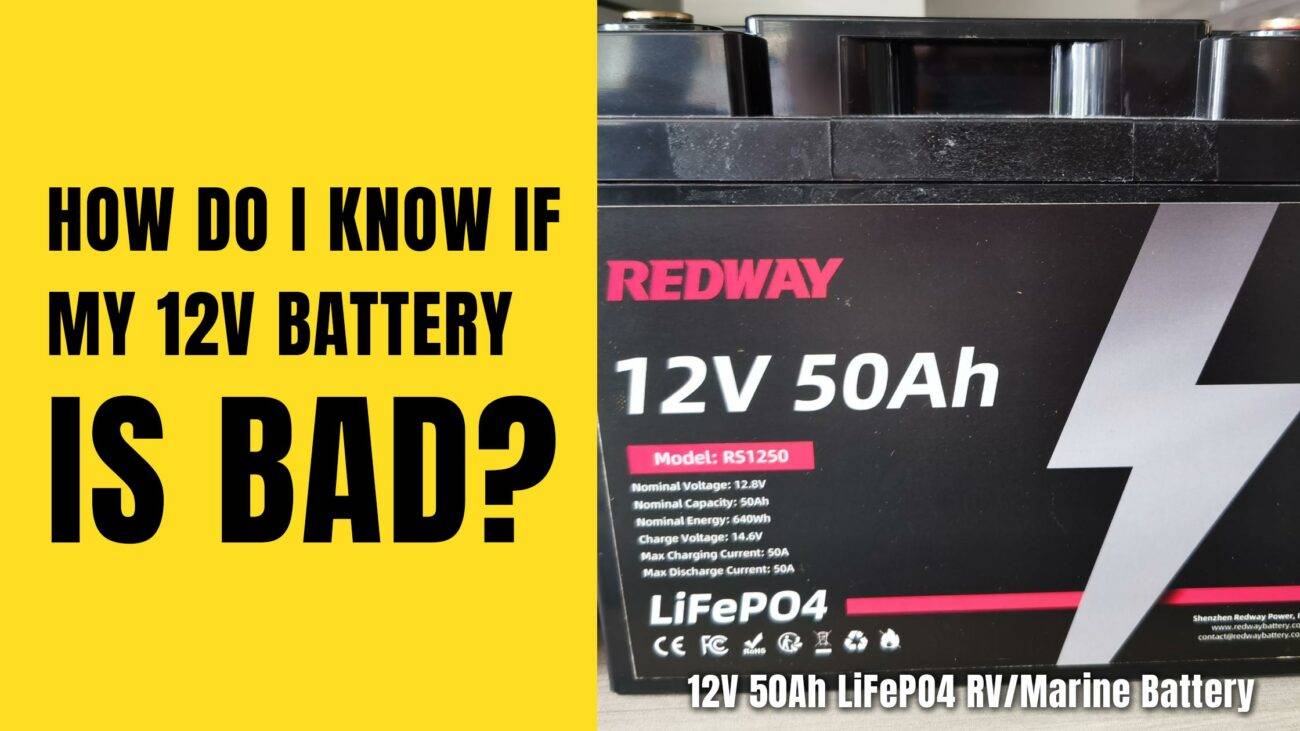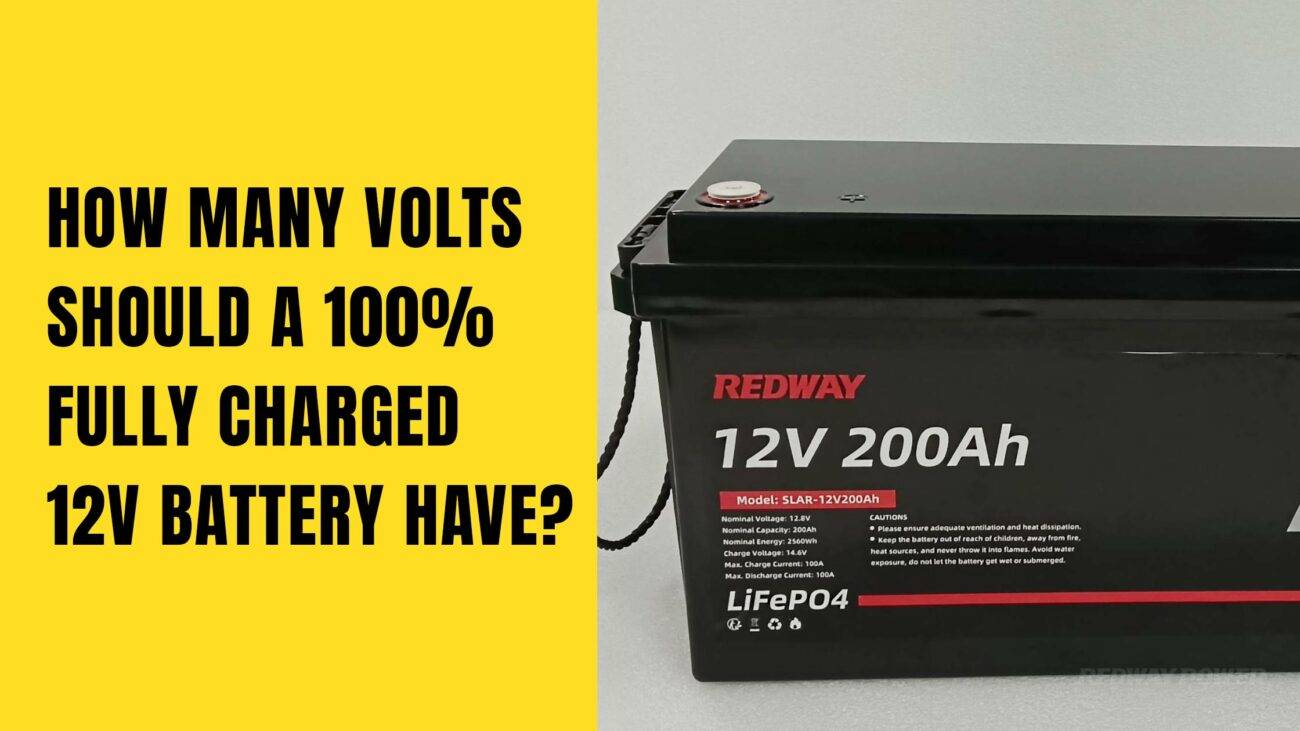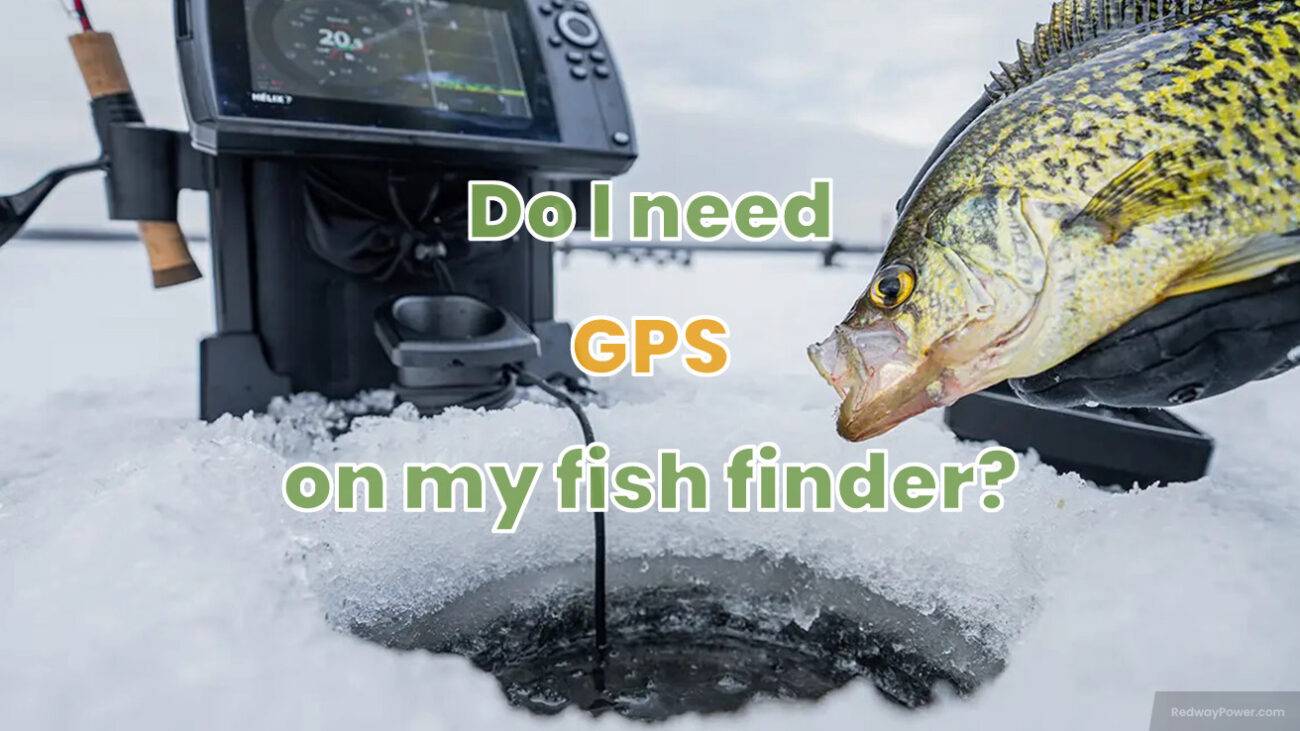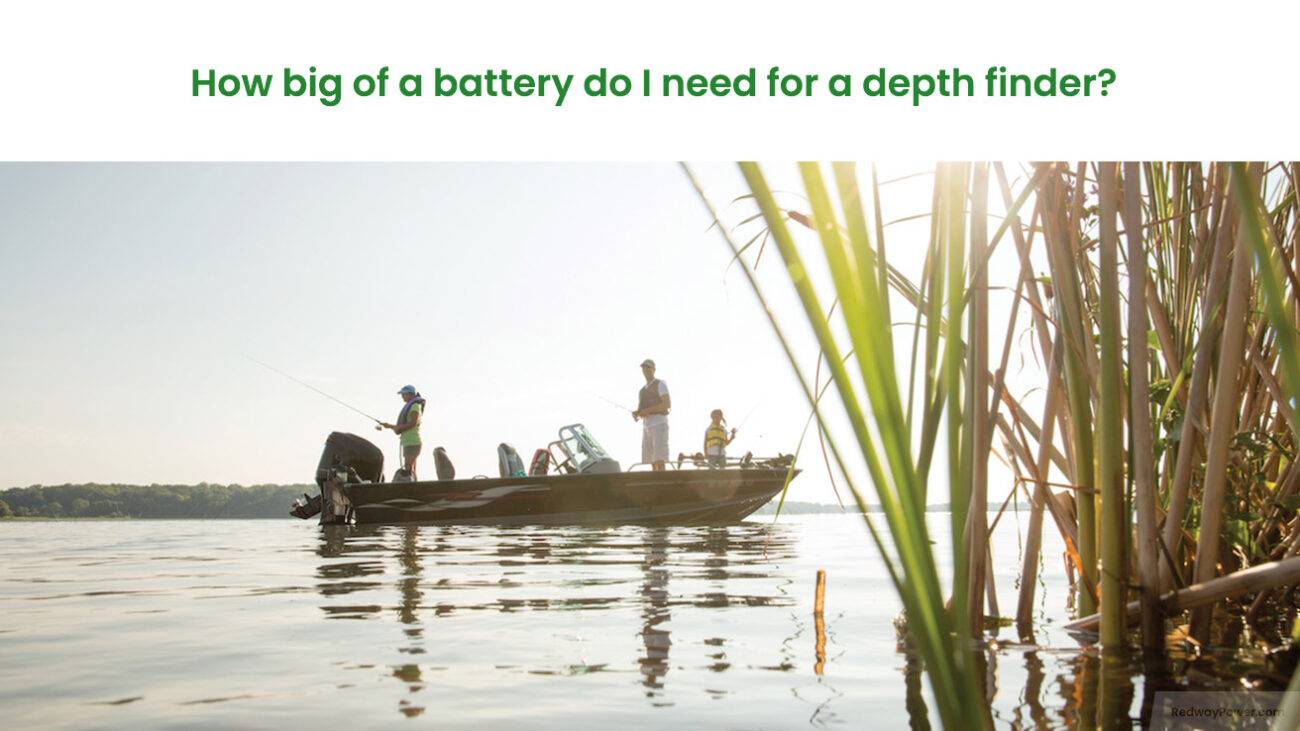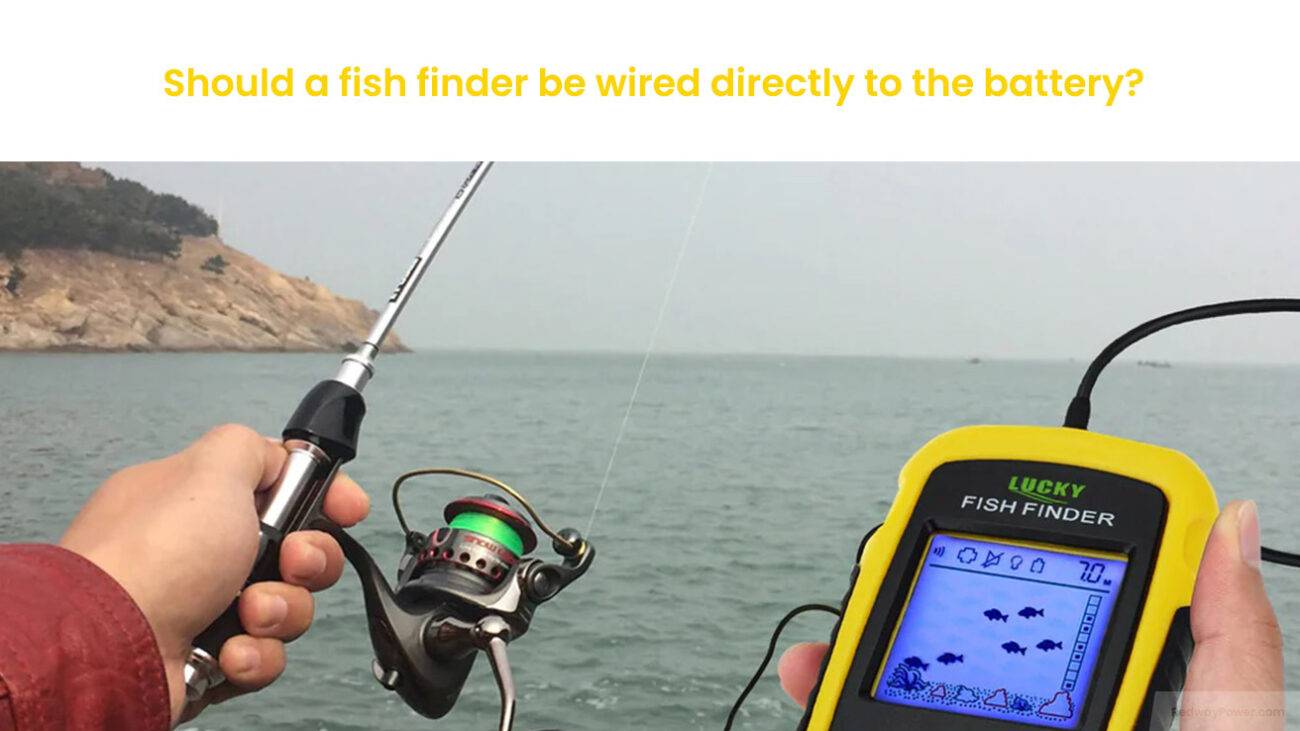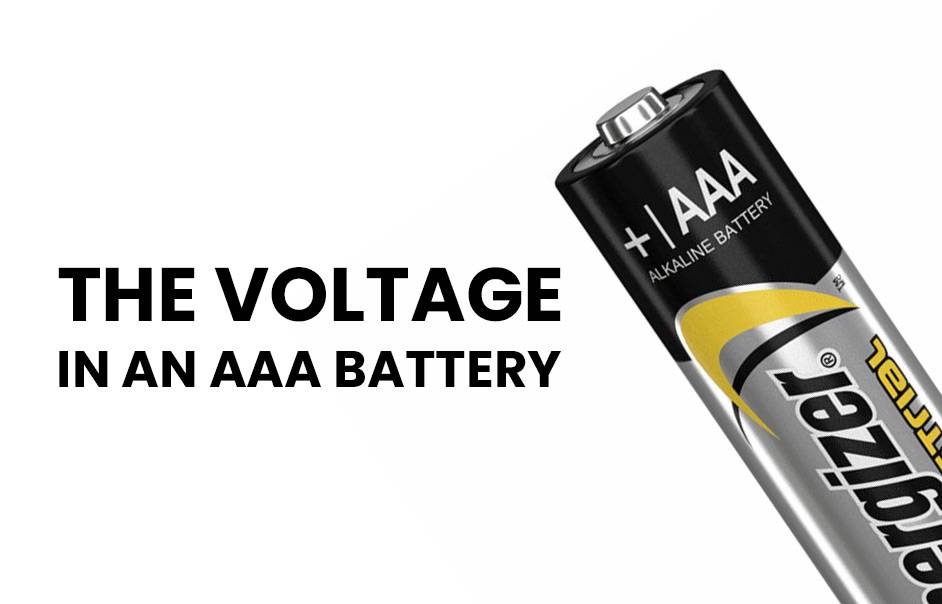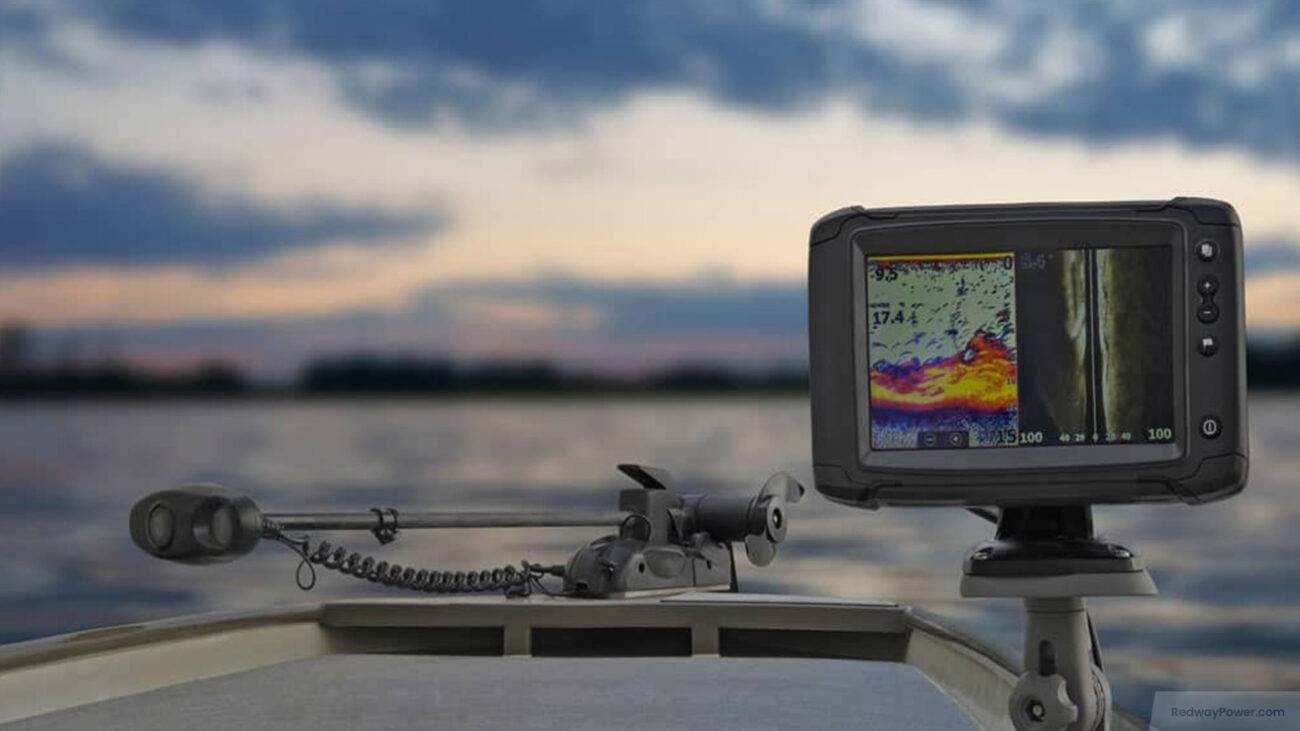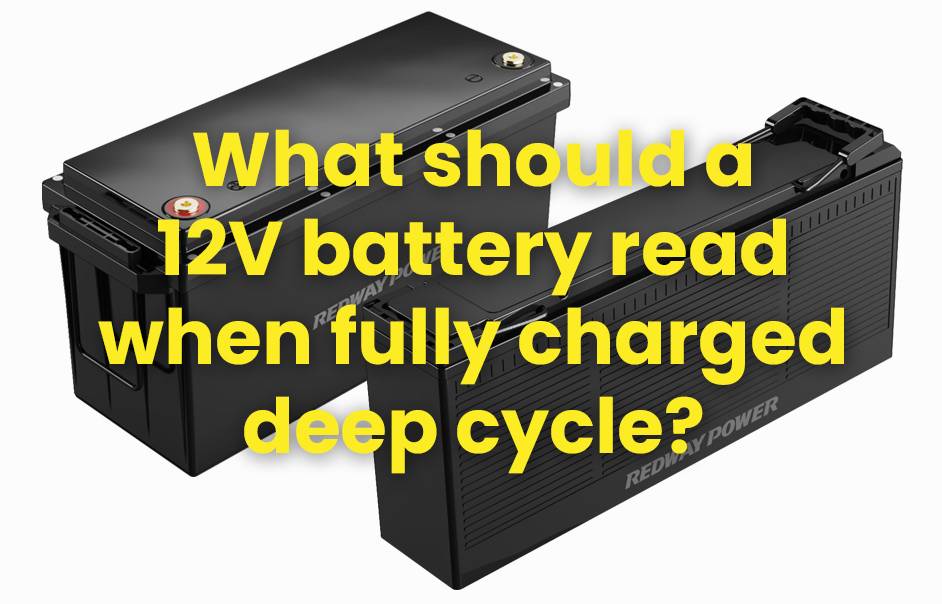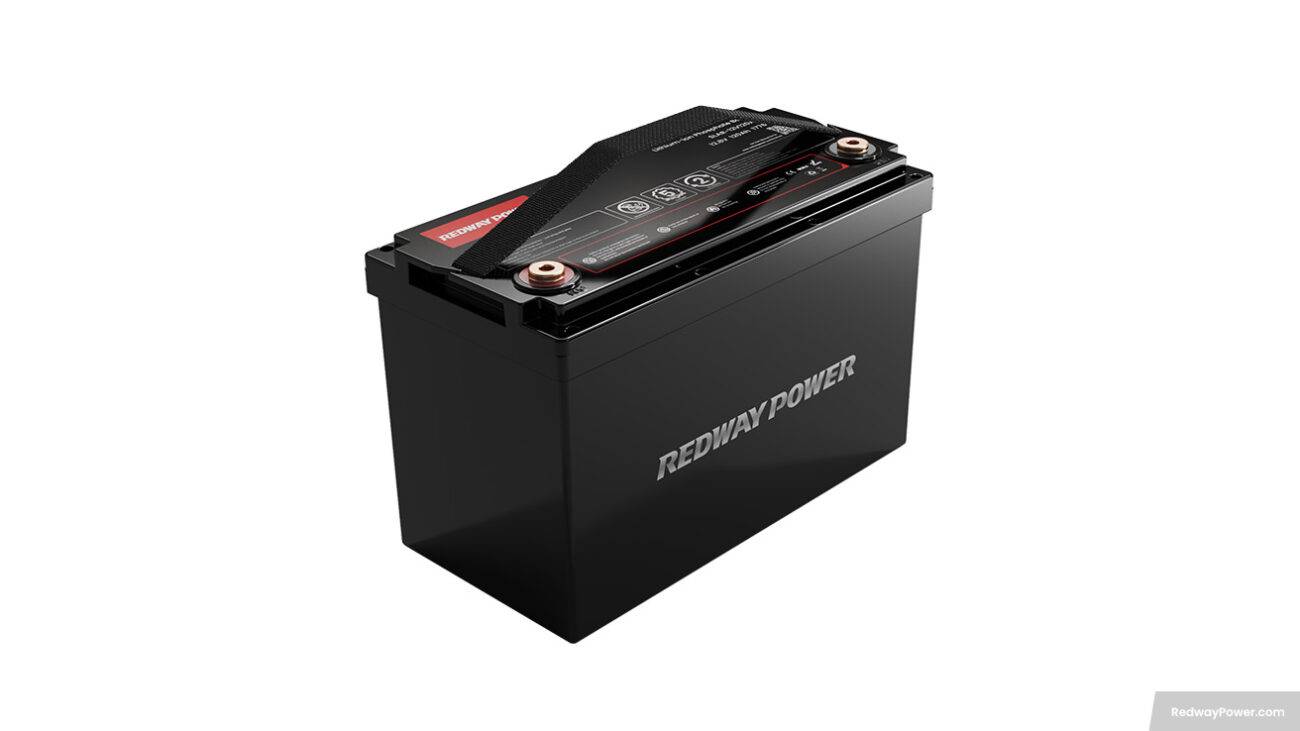- Forklift Lithium Battery
-
48V
- 48V 210Ah
- 48V 300Ah
- 48V 420Ah (949 x 349 x 569 mm)
- 48V 420Ah (950 x 421 x 450 mm)
- 48V 456Ah
- 48V 460Ah (830 x 630 x 590 mm)
- 48V 460Ah (950 x 421 x 450 mm)
- 48V 460Ah (800 x 630 x 600 mm)
- 48V 460Ah (820 x 660 x 470 mm)
- 48V 500Ah
- 48V 560Ah (810 x 630 x 600 mm)
- 48V 560Ah (950 x 592 x 450 mm)
- 48V 600Ah
- 48V 630Ah
-
48V
- Lithium Golf Cart Battery
- 12V Lithium Battery
12V 150Ah Lithium RV Battery
Bluetooth App | BCI Group 31
LiFePO4 Lithium
Discharge Temperature -20°C ~ 65°C
Fast Charger 14.6V 50A
Solar MPPT Charging - 24V Lithium Battery
- 36V Lithium Battery
- 48V Lithium Battery
-
48V LiFePO4 Battery
- 48V 50Ah
- 48V 50Ah (for Golf Carts)
- 48V 60Ah (8D)
- 48V 100Ah (8D)
- 48V 100Ah
- 48V 100Ah (Discharge 100A for Golf Carts)
- 48V 100Ah (Discharge 150A for Golf Carts)
- 48V 100Ah (Discharge 200A for Golf Carts)
- 48V 150Ah (for Golf Carts)
- 48V 160Ah (Discharge 100A for Golf Carts)
- 48V 160Ah (Discharge 160A for Golf Carts)
-
48V LiFePO4 Battery
- 60V Lithium Battery
-
60V LiFePO4 Battery
- 60V 20Ah
- 60V 30Ah
- 60V 50Ah
- 60V 50Ah (Small Size / Side Terminal)
- 60V 100Ah (for Electric Motocycle, Electric Scooter, LSV, AGV)
- 60V 100Ah (for Forklift, AGV, Electric Scooter, Sweeper)
- 60V 150Ah (E-Motocycle / E-Scooter / E-Tricycle / Tour LSV)
- 60V 200Ah (for Forklift, AGV, Electric Scooter, Sweeper)
-
60V LiFePO4 Battery
- 72V~96V Lithium Battery
- Rack-mounted Lithium Battery
- E-Bike Battery
- All-in-One Home-ESS
- Wall-mount Battery ESS
-
Home-ESS Lithium Battery PowerWall
- 24V 100Ah 2.4kWh PW24100-S PowerWall
- 48V 50Ah 2.4kWh PW4850-S PowerWall
- 48V 50Ah 2.56kWh PW5150-S PowerWall
- 48V 100Ah 5.12kWh PW51100-F PowerWall (IP65)
- 48V 100Ah 5.12kWh PW51100-S PowerWall
- 48V 100Ah 5.12kWh PW51100-H PowerWall
- 48V 200Ah 10kWh PW51200-H PowerWall
- 48V 300Ah 15kWh PW51300-H PowerWall
PowerWall 51.2V 100Ah LiFePO4 Lithium Battery
Highly popular in Asia and Eastern Europe.
CE Certification | Home-ESS -
Home-ESS Lithium Battery PowerWall
- Portable Power Stations
How to Choose the Best Battery for Your Fish Finder
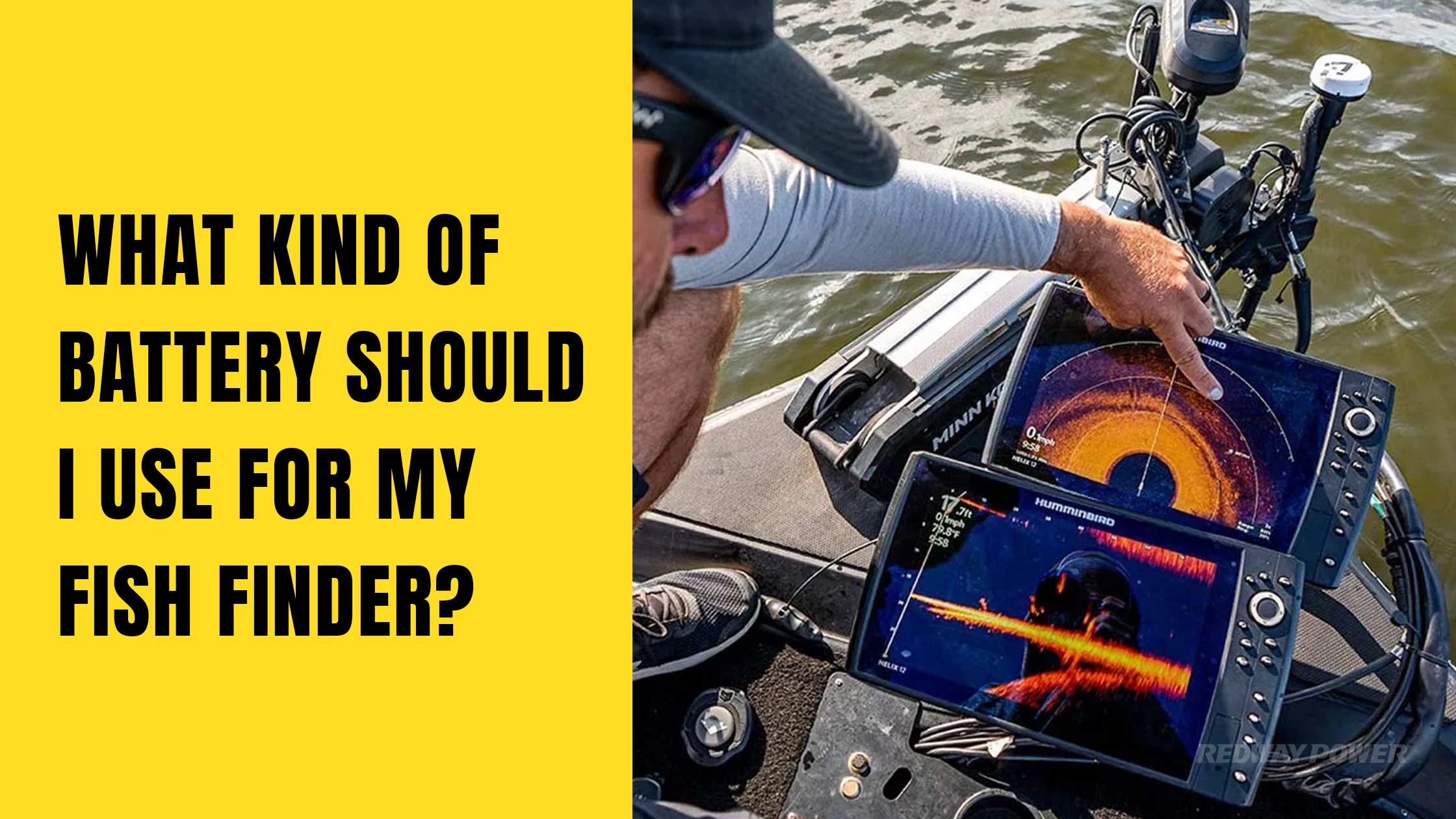
Choosing the right battery for your fish finder is crucial for ensuring reliable performance during your fishing trips. The best options typically include lithium batteries due to their lightweight design and longer lifespan compared to traditional lead-acid batteries. This guide will help you understand battery types, sizing, lifespan, and maintenance.
What Types of Batteries Can Power Your Fish Finder?
Fish finders can be powered by various battery types, including lead-acid, AGM (Absorbent Glass Mat), and lithium-ion batteries. Lead-acid batteries are traditional and cost-effective but tend to be heavier and less efficient. AGM batteries offer better performance and deeper discharge capabilities than standard lead-acid batteries. However, lithium-ion batteries, particularly Lithium Iron Phosphate (LiFePO4), are increasingly preferred due to their lightweight design, faster charging times, and longer lifespan.
Chart: Comparison of Battery Types
| Battery Type | Weight | Lifespan (Cycles) | Discharge Depth | Charging Time |
|---|---|---|---|---|
| Lead-Acid | Heavy | 500 | 50% | Slow |
| AGM | Moderate | 500 | 80% | Moderate |
| Lithium (LiFePO4) | Light | 3000 – 5000 | 100% | Fast |
Why Are Lithium Batteries the Best Choice for Fish Finders?
Lithium batteries stand out as the best choice for fish finders due to their high energy density, lightweight, and long cycle life. Unlike lead-acid batteries, which can only be discharged up to 50% without damage, lithium batteries can be safely discharged down to 20%. This feature allows users to maximize their usage time without compromising battery health. Additionally, lithium batteries charge up to four times faster than lead-acid options, ensuring minimal downtime.
How Do You Calculate the Required Battery Size for Your Setup?
To calculate the appropriate battery size for your fish finder, you need to consider its power draw and your desired usage duration. A simple formula is:
Required Amp Hours Ah =Power Draw Amps ×Desired Usage Time Hours +Safety Margin
For example, if your fish finder draws 2 amps and you plan to use it for 6 hours, you would calculate:
Required Ah=(2 Amps×6 Hours)+20%=15.2 Ah
This calculation ensures you have enough capacity while accounting for efficiency losses.
What is the Expected Lifespan of Different Types of Fish Finder Batteries?
The lifespan of fish finder batteries varies significantly by type. Lead-acid batteries typically last between 3 to 5 years, while lithium-ion batteries can last 10 years or more with proper care. Lithium batteries can endure between 3000 to 5000 charge cycles, making them a more economical choice in the long run despite their higher upfront cost.Chart: Lifespan Comparison of Battery Types
| Battery Type | Average Lifespan | Charge Cycles |
|---|---|---|
| Lead-Acid | 3 – 5 years | 500 |
| AGM | 3 – 5 years | 500 |
| Lithium (LiFePO4) | 10+ years | 3000 – 5000 |
How Can You Maintain Your Fish Finder Battery for Optimal Performance?
Proper maintenance is essential for maximizing your fish finder battery’s lifespan. Here are some tips:
- Regular Charging: Always charge your battery after use to prevent deep discharge.
- Storage Conditions: Store your battery in a cool, dry place away from extreme temperatures.
- Periodic Checks: Regularly inspect connections and terminals for corrosion or damage.
- Use a Smart Charger: Consider using a smart charger that can optimize charging cycles.
Industrial News
Recent advancements in battery technology have made lithium-ion batteries more accessible and affordable for recreational users. Companies are now offering specialized marine-grade lithium batteries designed specifically for fish finders, enhancing reliability and performance on watercraft. These innovations are expected to drive further adoption among anglers seeking efficient power solutions.
Redway Power Expert Views
“Choosing a lithium battery over traditional lead-acid options is not just about weight; it’s about performance and longevity,” states John Smith, a marine electronics expert at Redway Power. “With advancements in lithium technology, users can enjoy longer fishing trips without worrying about running out of power.”
Frequently Asked Questions
- Can I use any battery type with my fish finder?
While most fish finders can operate on various battery types, lithium-ion batteries are recommended due to their efficiency and longevity. - How do I know if my battery is suitable?
Check your fish finder’s specifications for voltage requirements and match them with your chosen battery’s output. - What should I do if my battery doesn’t hold a charge?
Inspect connections and terminals first; if issues persist, consider replacing the battery as it may have reached its end-of-life cycle.














